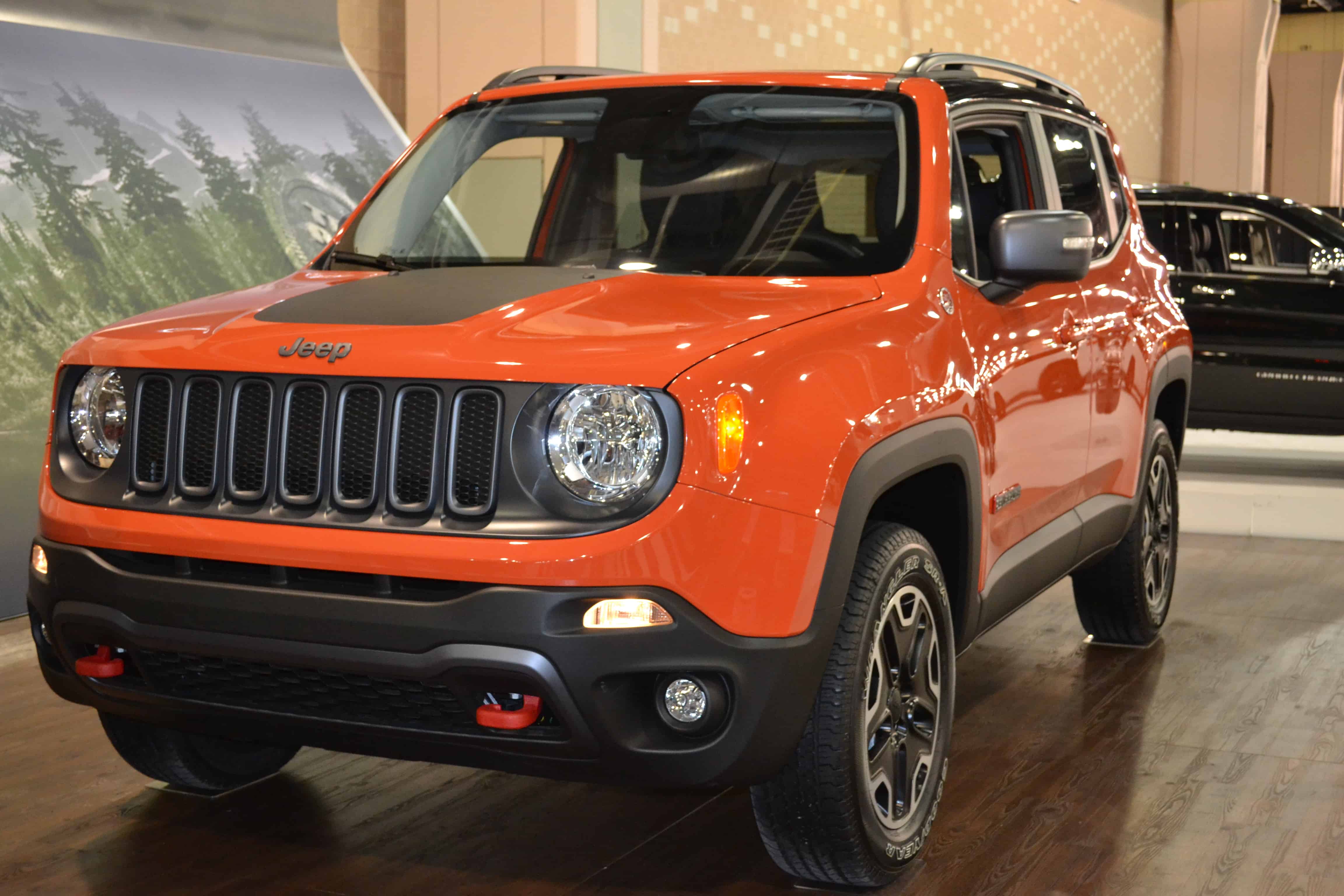Military origins of popular civilian rides
By Keith Leonard, Esq.
“Necessity is the mother of invention” is an idiom at least dating back to Plato in his seminal work, Republic, and meaning necessity gives rise to inventors coming up with new and useful ideas and inventions to solve a problem. Similarly, there are often rapid advancements in medical techniques and various areas of technology during and due to a war. Motor vehicles are certainly not exempt from these advancements.
Perhaps the most famous American vehicle that has a military origin to it came out of the United States Department of War’s need, on the eve of World War II, for a light, cross-country reconnaissance vehicle. The compact utility vehicle that was developed was known as the Willys-Overland Model MB. Due in part to the fact that the Willys-Overland Motors company could not produce enough of them for the army’s needs during the war, Ford Motor Company also produced a significant number of this vehicle under the designation of Model GPW. In either case, the army identified the vehicle as “Truck, 1/4 ton, 4×4”. This vehicle was so popular for war-time use that over 50,000 of them were exported to the Soviet Union to assist it in its struggles against Nazi Germany. After the war, the Soviet Union began producing its own variation of this vehicle which it designated the GAZ-46. However, I suspect that most every reader of this article will know the vehicle by the name it eventually acquired with the public – the jeep. A classic early example of the jeep’s “off-road” prowess was a demonstration in early 1941 when a jeep was driven up the steps of the United States Capitol. Advertising of the various Jeep models produced since World War II have emphasized the vehicle’s off-road capabilities. Today, the Jeep brand is produced by a division of FCA US LLC, a wholly owned subsidiary of Fiat Chrysler Automobiles.
 Over the last forty years, the United States Army has sought other vehicles to handle similar off-road needs of the military. In the late 1970s, the High Mobility Multi-purpose Wheeled Vehicle (HMMWV) was developed to address the army’s needs for a tactical vehicle. AM General was awarded a contract for such a vehicle, which it began producing in 1984. Some 100,000 HMMWVs had been built by the spring of 1995 in at least fifteen different configurations including troop and cargo carriers as well as weapons carriers and ambulances. In 1992, AM General began marketing a non-military version of this vehicle, popularly coined the Hummer H1. While the World War II Jeep’s ground clearance was 8.25 inches, the HMMWV’s ground clearance is 16 inches, making it a superior off-road vehicle and one which is difficult to roll over.
Over the last forty years, the United States Army has sought other vehicles to handle similar off-road needs of the military. In the late 1970s, the High Mobility Multi-purpose Wheeled Vehicle (HMMWV) was developed to address the army’s needs for a tactical vehicle. AM General was awarded a contract for such a vehicle, which it began producing in 1984. Some 100,000 HMMWVs had been built by the spring of 1995 in at least fifteen different configurations including troop and cargo carriers as well as weapons carriers and ambulances. In 1992, AM General began marketing a non-military version of this vehicle, popularly coined the Hummer H1. While the World War II Jeep’s ground clearance was 8.25 inches, the HMMWV’s ground clearance is 16 inches, making it a superior off-road vehicle and one which is difficult to roll over.
Not surprisingly, the US is not the only country which has had vehicles originally conceived or developed for military use which were converted to civilian use. Though technically not built for military purposes, an automotive company was founded on May 28, 1937. The company was state-owned in Germany (then under the control of Adolf Hitler) and was first known as Gesellschaft zur Vorbereitung des Deutschen Volkswagens mbH but renamed that same year to Volkswagenwerk, or “The People’s Car Company.” Their cars were initially designed by Austrian automotive engineer Ferdinand Porsche, with the goal being a mass produced and affordable, but speedy car for working-class Germans. Though production of the car was halted during World War II (the factory was converted to military related production), it was again produced after World War II. The car was not a big seller in America until (in 1959) it was dubbed the “Beetle” by an advertising agency, a campaign so successful it became the most popular import car in the US for the next several years.
A well-known military to civilian translation of a vehicle in England is the Land Rover. This vehicle was originally designed and produced in 1948 to outdo the jeep. However, like the jeep it’s been marketed as able to overcome rugged terrain.
Despite environmental concerns, off-roading, whether done in a race or for fun, remains popular throughout the world. And with no shortage of conflicts worldwide, there is also a military need for vehicles that can likewise perform different purposes well off-road.

Leave a Reply